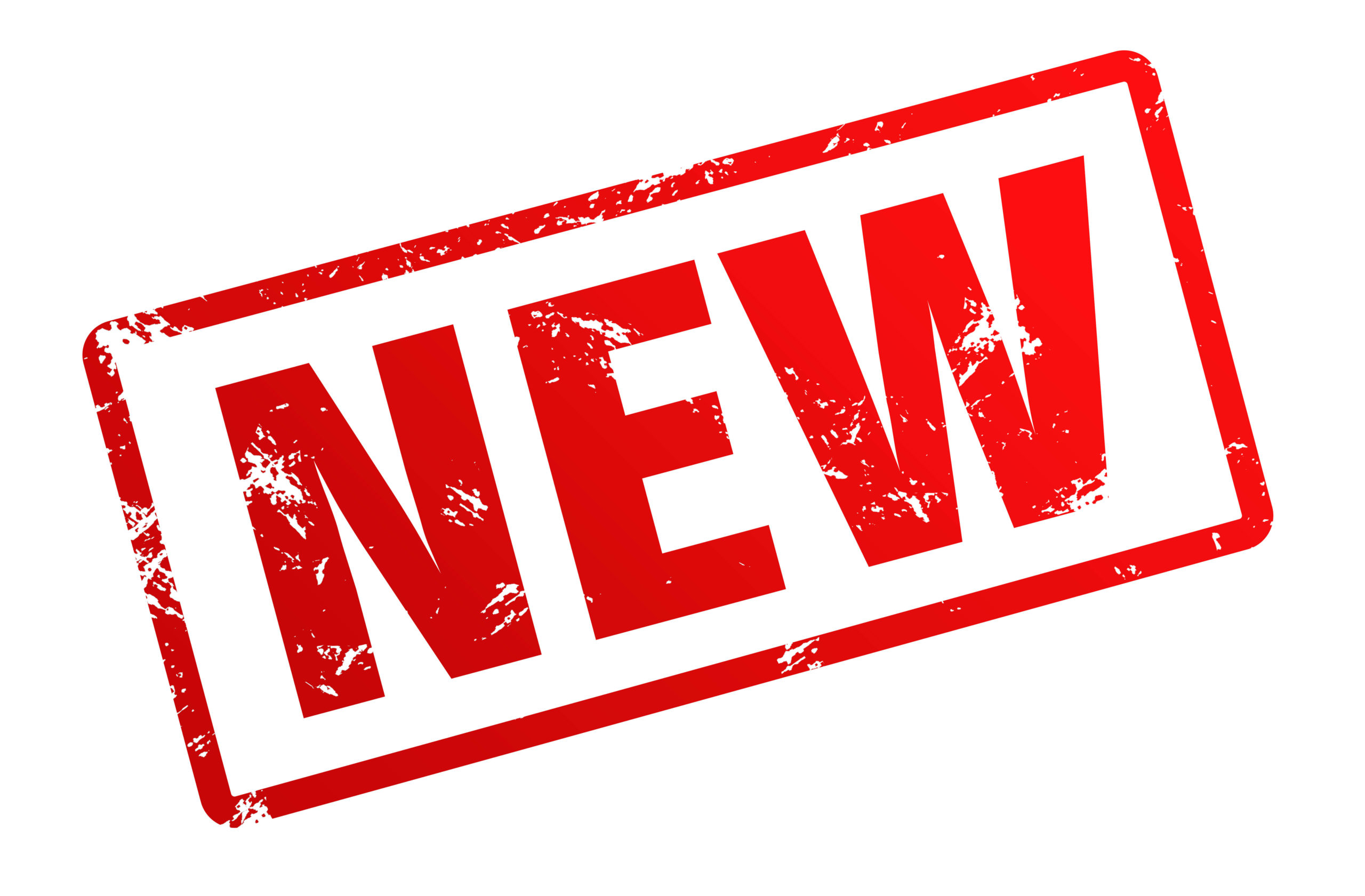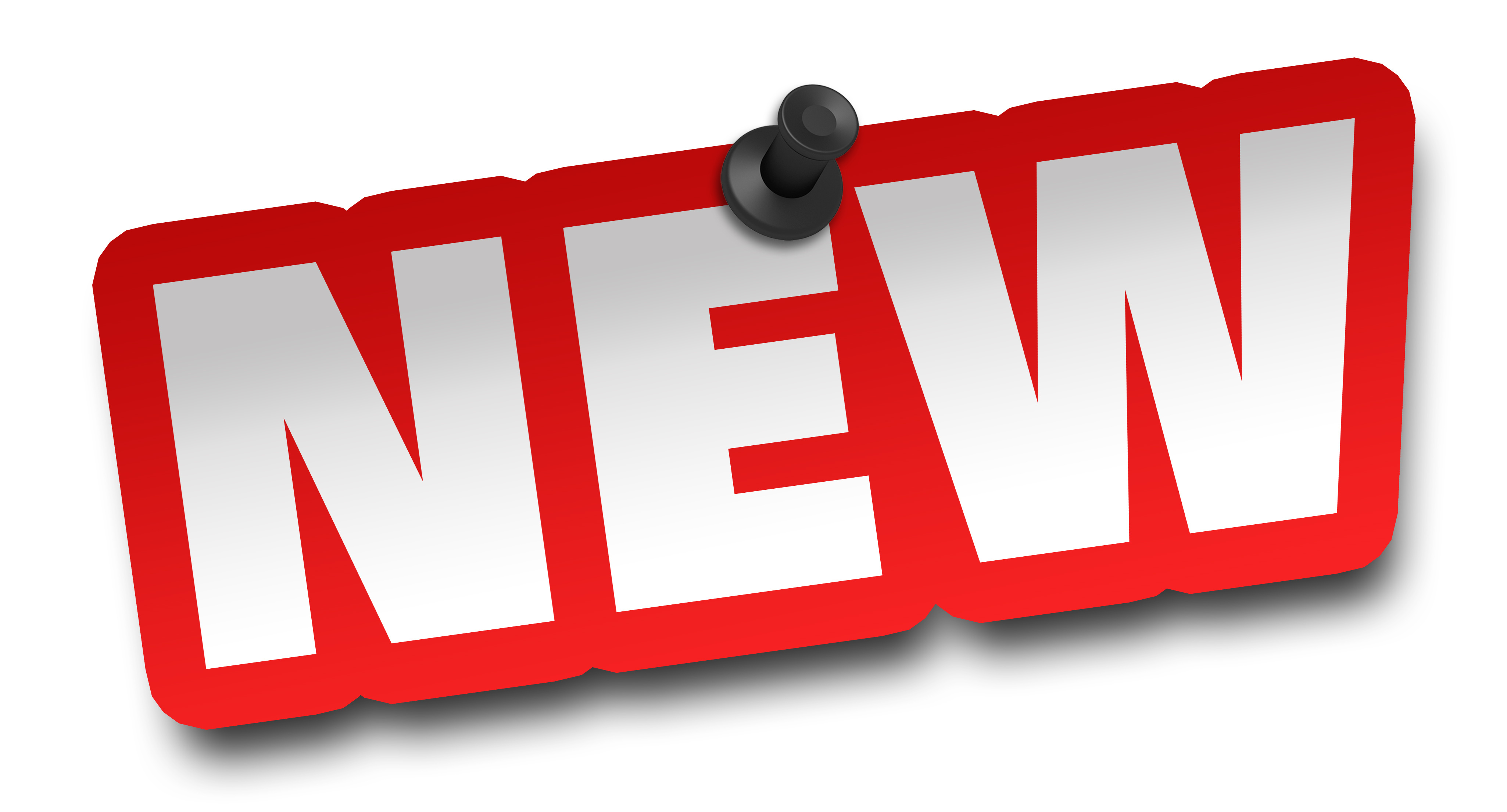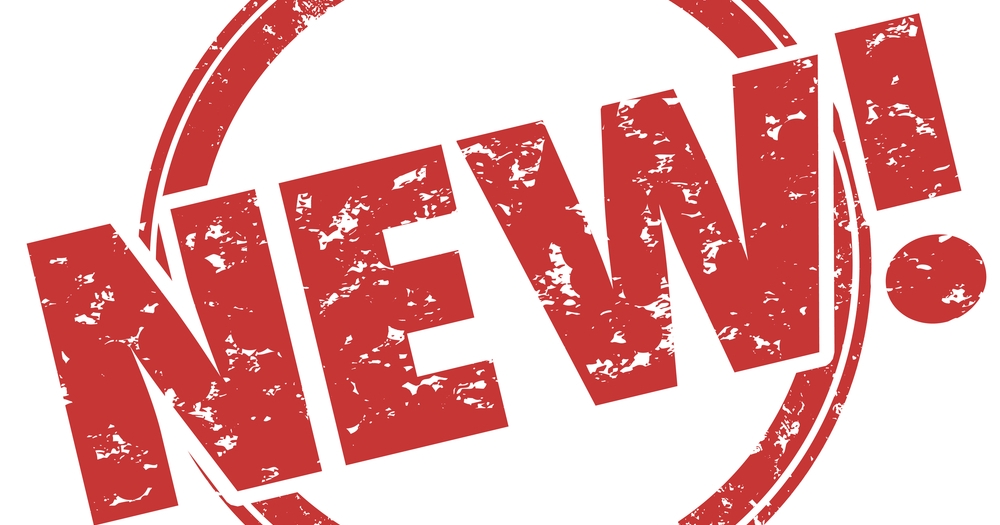The New Face Of Iran: What Masoud Pezeshkian's Presidency Means
The Unexpected Path to Presidency: A Shift in Iran's Political Landscape
The election of Masoud Pezeshkian as the new president of Iran was not a pre-planned event but rather a rapid response to an unforeseen tragedy. The sudden vacancy in the nation's highest elected office set in motion a constitutional process that culminated in the early presidential elections held on June 28 and July 5, 2024. This expedited timeline underscores the resilience and established protocols within Iran's political system, even in moments of profound shock. The swift transition, from an interim president to a newly elected leader, aimed to ensure stability and continuity in governance.The Tragic Precedent: Ebrahim Raisi's Untimely Demise
The catalyst for these early elections was the tragic death of incumbent President Ebrahim Raisi. On May 19, 2024, President Raisi, along with Foreign Minister Hossein Amir-Abdollahian and several other officials, perished in a helicopter crash. Raisi, a conservative Shiite Muslim cleric, was 63 at the time of his death and widely considered a top contender to succeed Iran's Supreme Leader. His passing sent shockwaves through the country and the wider region, leading to five days of national mourning declared by Supreme Leader Ali Khamenei. Mohammad Mokhber, the first vice president under Raisi, temporarily assumed the role of acting president, as mandated by Iran's constitution, which requires a new election to be held within 50 days of a presidential vacancy.The Electoral Marathon: From Four to One
The snap election saw an initial field of four candidates vying for the presidency in the first round on June 28. The competition was intense, reflecting various political currents within Iran. Masoud Pezeshkian, representing the reformist and moderate factions, emerged as the frontrunner in this initial stage, securing 44% of the vote. His closest rival, hardline conservative Saeed Jalili, garnered 40%. Mohammad Bagher Ghalibaf, the speaker of parliament, received 14%, while Mostafa Pourmohammadi trailed with less than 1%. Since no candidate achieved an outright majority in the first round, a runoff election was necessitated, held on July 5, 2024, between Pezeshkian and Jalili. In this decisive second round, Dr. Pezeshkian solidified his lead, securing a commanding 53.3% of the vote, totaling 16.3 million votes. Saeed Jalili promptly conceded his defeat and extended congratulations to Masoud Pezeshkian for his electoral victory. This clear mandate positioned Pezeshkian as the seventh individual to hold the esteemed office of president of the Islamic Republic of Iran, ushering in a new chapter for the nation.Masoud Pezeshkian: A Profile of Iran's New President
The election of Masoud Pezeshkian as the new president of Iran introduces a figure with a unique background to the nation's highest elected office. His journey from a distinguished career in medicine to the pinnacle of Iranian politics offers insights into the diverse pathways to leadership within the Islamic Republic. Pezeshkian's long-standing presence in the Iranian political arena, combined with his professional expertise, paints a picture of a pragmatic and experienced leader.Biographical Sketch: From Heart Surgeon to Statesman
Born in 1954 in Mahabad, West Azerbaijan Province, Masoud Pezeshkian embarked on a career in medicine, specializing as a heart surgeon. His medical background, often seen as a departure from the typical clerical or military paths to power in Iran, lends him a distinct identity. Before his presidency, Pezeshkian had a significant tenure in public service. He served as the Minister of Health and Medical Education from 2000 to 2005 under President Mohammad Khatami, a period known for its reformist leanings. Following his ministerial role, Pezeshkian transitioned to the legislative branch, serving for decades as a member of parliament (Majlis). During his time in parliament, he held various influential positions, including First Deputy Speaker. His long career in both executive and legislative capacities has provided him with an intricate understanding of Iran's governance structures and its socio-political challenges. At 69 years old, Masoud Pezeshkian holds the distinction of being the oldest man ever elected president of Iran, bringing with him a wealth of experience and a measured approach to leadership. His consistent advocacy for reformist ideals, albeit within the established framework of the Islamic Republic, has defined his political persona.Personal Data & Biodata of Masoud Pezeshkian
| Category | Detail | | :------------------- | :---------------------------------------------------------------------- | | **Full Name** | Masoud Pezeshkian | | **Born** | September 29, 1954 (Age 69 at election) | | **Birthplace** | Mahabad, West Azerbaijan Province, Iran | | **Nationality** | Iranian | | **Profession** | Heart Surgeon, Politician | | **Political Affiliation** | Reformist / Moderate | | **Prior Offices Held** | Minister of Health and Medical Education (2000-2005) | | | Member of Parliament (Majlis) for decades | | | First Deputy Speaker of Parliament | | **Electoral Victory**| Secured 53.3% of the vote in the 2024 presidential runoff election | | **Total Votes** | 16.3 million votes | | **Distinction** | Oldest man ever elected President of Iran | | **Current Office** | President of the Islamic Republic of Iran (Sworn in July 2024) |A Reformist's Promise: Pezeshkian's Campaign Pledges
During his election campaign, Masoud Pezeshkian presented himself as a reformist and moderate leader, a stark contrast to his hardline conservative rival, Saeed Jalili. His campaign rhetoric centered on a platform of modest social reforms and a willingness to engage with the international community, particularly the United States, concerning Iran's nuclear program. These pledges resonated with a segment of the Iranian populace yearning for greater openness and a less confrontational foreign policy. Pezeshkian's promises included a vow to ease the strict headscarf laws, a significant issue that has fueled widespread protests and social unrest in recent years. This particular pledge signals a potential shift in the government's approach to personal freedoms and social regulations, a move that could alleviate some domestic tensions. Furthermore, his emphasis on "talks with the United States" over the nuclear program suggests a desire to de-escalate tensions and potentially find diplomatic solutions to long-standing impasses. However, it is crucial to note that while Pezeshkian made many promises, detailed plans for their implementation were often lacking, a common characteristic among many candidates in the Iranian political landscape. More significantly, the new Iranian president pledged in his election campaign that he would make no radical changes to Iran’s Shiite theocracy, embracing Supreme Leader Ali Khamenei as the final arbiter in all matters of state. This commitment underscores the fundamental reality of power in Iran, where the ultimate authority rests with the elite clerics, not the elected president. Despite his reformist leanings, Pezeshkian's administration is expected to operate within the established boundaries of the Islamic Republic, balancing the aspirations for change with the enduring power structures.Navigating the Sanctions: Economic Hopes and Western Relations
A central pillar of Masoud Pezeshkian's platform and a primary challenge for his administration is the removal of economic sanctions. Iran has been severely impacted by extensive economic sanctions imposed by the West, primarily over its controversial nuclear program. These sanctions have crippled Iran's economy, leading to high inflation, unemployment, and a significant decline in living standards for many ordinary Iranians. Pezeshkian, a reformist politician, has explicitly pledged that his administration will keep trying to remove these punitive measures. This commitment is not merely a campaign promise but a vital necessity for the nation's economic recovery and stability. The new president's approach suggests a preference for diplomatic engagement as a means to alleviate the economic pressure. His willingness to pursue "talks with the United States" over the nuclear program is a direct reflection of this strategy. For many Iranians, the prospect of eased sanctions offers the most tangible hope for an improved quality of life. The success or failure of Pezeshkian's administration will, to a large extent, be judged by its ability to navigate these complex international relations and secure a path towards economic relief. However, the path to removing sanctions is fraught with challenges. Diplomacy seems ever more distant amid the gruesome violence being committed by allies of Iran and the United States in the broader region. The geopolitical landscape is highly volatile, and achieving a breakthrough in nuclear talks or sanctions relief will require immense diplomatic skill and a willingness from all parties to compromise. While Pezeshkian's words are now on the record, the practicalities of achieving his economic goals will test the limits of his presidential power and diplomatic acumen. The AP video shot by Saeed Sarmadi, capturing the swearing-in, highlights the solemnity of the moment, yet the real work of economic revitalization lies ahead.Social Reforms and the Headscarf Laws: A Glimmer of Change?
Beyond the pressing economic concerns, Masoud Pezeshkian's election has ignited discussions about potential social reforms within Iran. As a reformist who has vowed to ease headscarf laws and reach out to the West, his presidency offers a glimmer of hope for those advocating for greater social freedoms. The mandatory headscarf (hijab) has been a focal point of widespread protests and dissent in recent years, becoming a symbol of the broader struggle for personal liberties in the Islamic Republic. Pezeshkian's campaign promise to ease these laws suggests a more lenient approach compared to the hardline stance of previous administrations. This could manifest in less stringent enforcement, reduced penalties for non-compliance, or even a re-evaluation of the laws themselves. Such changes, even if modest, could significantly impact the daily lives of Iranian women and potentially defuse some of the social tensions that have simmered across the country. His willingness to address such a sensitive issue indicates a responsiveness to public sentiment, particularly among the youth and urban populations. However, the extent to which Pezeshkian can implement these social reforms remains a critical question. While the president holds significant executive power, ultimate authority in matters of state and religious law rests with the Supreme Leader and the elite clerical establishment. Any significant shift in social policy would require the tacit, if not explicit, approval of these powerful institutions. Still, the fact that a reformist with such pledges has been elected as Iran's new president sends a powerful message, indicating a public desire for change and a potential opening for dialogue on these sensitive social issues. The world will be watching closely to see if his administration can translate these promises into tangible improvements in social freedoms.The Limits of Presidential Power: Khamenei's Enduring Authority
While the election of Masoud Pezeshkian as the new president of Iran marks a significant democratic exercise, it is crucial to understand the inherent limitations of the presidential office within Iran's unique political structure. The president, despite being the highest elected official, does not hold ultimate power. Iran’s new president can only change the country so much, as the elite clerics still hold ultimate power. This fundamental reality is a cornerstone of the Islamic Republic's governance. The Supreme Leader, currently Ayatollah Ali Khamenei, serves as the final arbiter in all matters of state. This includes major domestic policies, foreign relations, military affairs, and even key appointments. The president operates within the framework set by the Supreme Leader and the various unelected bodies, such as the Guardian Council and the Expediency Discernment Council, which wield immense influence over legislation and political appointments. Pezeshkian himself acknowledged this reality during his campaign, pledging that he would make no radical changes to Iran’s Shiite theocracy and explicitly embracing Khamenei as the final arbiter. This dynamic means that while Pezeshkian may advocate for reformist policies, his ability to implement them will depend heavily on the approval and political will of the Supreme Leader and the conservative establishment. His campaign promises, particularly regarding social reforms and engagement with the West, will face scrutiny and potential resistance from these powerful entities. The new president’s words are now on the record, and they represent a clear direction he wishes to pursue. However, the ultimate trajectory of Iran under his leadership will be shaped by the delicate balance of power between the elected government and the entrenched clerical authority. Understanding this intricate power structure is key to interpreting the true implications of Pezeshkian's presidency for the future of Iran.What Pezeshkian's Win Signals for Iran's Future
The election of Masoud Pezeshkian as the new president of Iran carries significant implications for the nation's future trajectory. His victory, securing 53.3% of the vote, is widely interpreted as a public desire for change, albeit within the existing political system. As a reformist and moderate leader, his presidency signals a potential shift towards a more pragmatic and less confrontational approach, both domestically and internationally. The question "What does Masoud Pezeshkian's win mean for the future of Iran?" resonates deeply across various segments of society. Domestically, Pezeshkian's emphasis on modest social reforms, including the easing of headscarf laws, suggests a potential softening of the state's stance on personal freedoms. While radical changes are unlikely due to the overarching authority of the Supreme Leader, even incremental shifts could alleviate social pressures and foster a more open atmosphere. His focus on economic issues, particularly the removal of sanctions, reflects the urgent needs of the Iranian populace and offers hope for an improved economic outlook. However, the new president made many promises during his campaign, but as was the case with other candidates, detailed plans were lacking, which means the implementation will be a complex and challenging task. Internationally, Pezeshkian's stated willingness to engage in talks with the United States over the nuclear program could open avenues for renewed diplomacy. This might lead to a de-escalation of regional tensions and potentially a path towards re-integrating Iran into the global economy. However, the broader geopolitical context, marked by ongoing conflicts and complex alliances, will heavily influence the success of such diplomatic overtures. Ultimately, Pezeshkian's win signals a period of cautious optimism for some, and for others, a continuation of the delicate balance between internal demands for change and the enduring principles of the Islamic Republic. His administration will undoubtedly face immense pressure to deliver on its promises while navigating the intricate power dynamics of Iran.International Implications: Diplomacy Amidst Regional Tensions
The inauguration of Masoud Pezeshkian as the new president of Iran has immediately drawn international attention, particularly concerning its potential impact on regional stability and global diplomacy. Pezeshkian's reformist stance and his campaign pledge to reach out to the West, specifically regarding talks with the United States over the country's nuclear program, suggest a potential shift in Iran's foreign policy approach. This could signify a move towards de-escalation and a more constructive engagement with international partners, a stark contrast to the more confrontational posture often associated with hardline administrations. The global community, particularly Western powers, will be closely watching for signs of genuine diplomatic overtures from Pezeshkian's administration. The primary objective for many international actors remains the containment of Iran's nuclear ambitions and the reduction of its regional influence through proxy groups. Pezeshkian's commitment to removing economic sanctions, a goal shared by many Iranians, inherently requires a degree of cooperation with the very nations that imposed them. This creates a complex diplomatic tightrope for the new president to walk. However, the international landscape is fraught with challenges. The data points to "gruesome violence being committed by allies of Iran and the United States," indicating ongoing regional conflicts that complicate any diplomatic efforts. The conflict in Gaza, the situation in Yemen, and the broader proxy struggles in the Middle East create a volatile environment where trust is scarce. While the new president’s words are now on the record, indicating a desire for diplomacy, the reality on the ground may make significant breakthroughs difficult. The success of Pezeshkian's foreign policy will depend not only on his administration's intentions but also on the willingness of other regional and global powers to engage constructively amidst deep-seated mistrust and ongoing geopolitical rivalries. His presidency could either open a new chapter of dialogue or merely continue the complex dance of power politics in a highly sensitive region.Conclusion
The election of Masoud Pezeshkian as the new president of Iran marks a pivotal moment for the nation, ushering in an administration led by a seasoned reformist politician and heart surgeon. His victory, driven by a decisive mandate from the Iranian populace, signals a widespread desire for change, particularly concerning economic relief from Western sanctions and a loosening of social restrictions. Pezeshkian's pledges to pursue diplomatic solutions to the nuclear program and to ease headscarf laws represent a potential shift towards a more pragmatic and open approach, both domestically and on the international stage. However, as we've explored, the path ahead for Pezeshkian is fraught with challenges. The enduring authority of the Supreme Leader and the powerful clerical establishment means that the new president's capacity for radical change is inherently limited. His ability to deliver on promises of economic revitalization and social reform will depend heavily on navigating these complex internal power dynamics, as well as the intricate and often volatile landscape of international relations. The world watches to see if this new leadership can truly bring about the desired transformations, or if it will be another chapter in Iran's ongoing balancing act between tradition and progress. What are your thoughts on Masoud Pezeshkian's presidency and its potential impact on Iran and the wider world? Share your perspectives in the comments below. For more in-depth analysis of Iranian politics and international relations, explore our other articles on the evolving Middle East landscape.- Bombed Iran
- Emma Roberts Spouse
- Israelattacking Iran
- Is Zayn Malik Single
- Flag Of Islamic Republic Of Iran

What should you look for in a New Online Bingo Sites

Parks & Recreation | City of Southfield

Image Gallery: TBI Launches New Chicago HQ